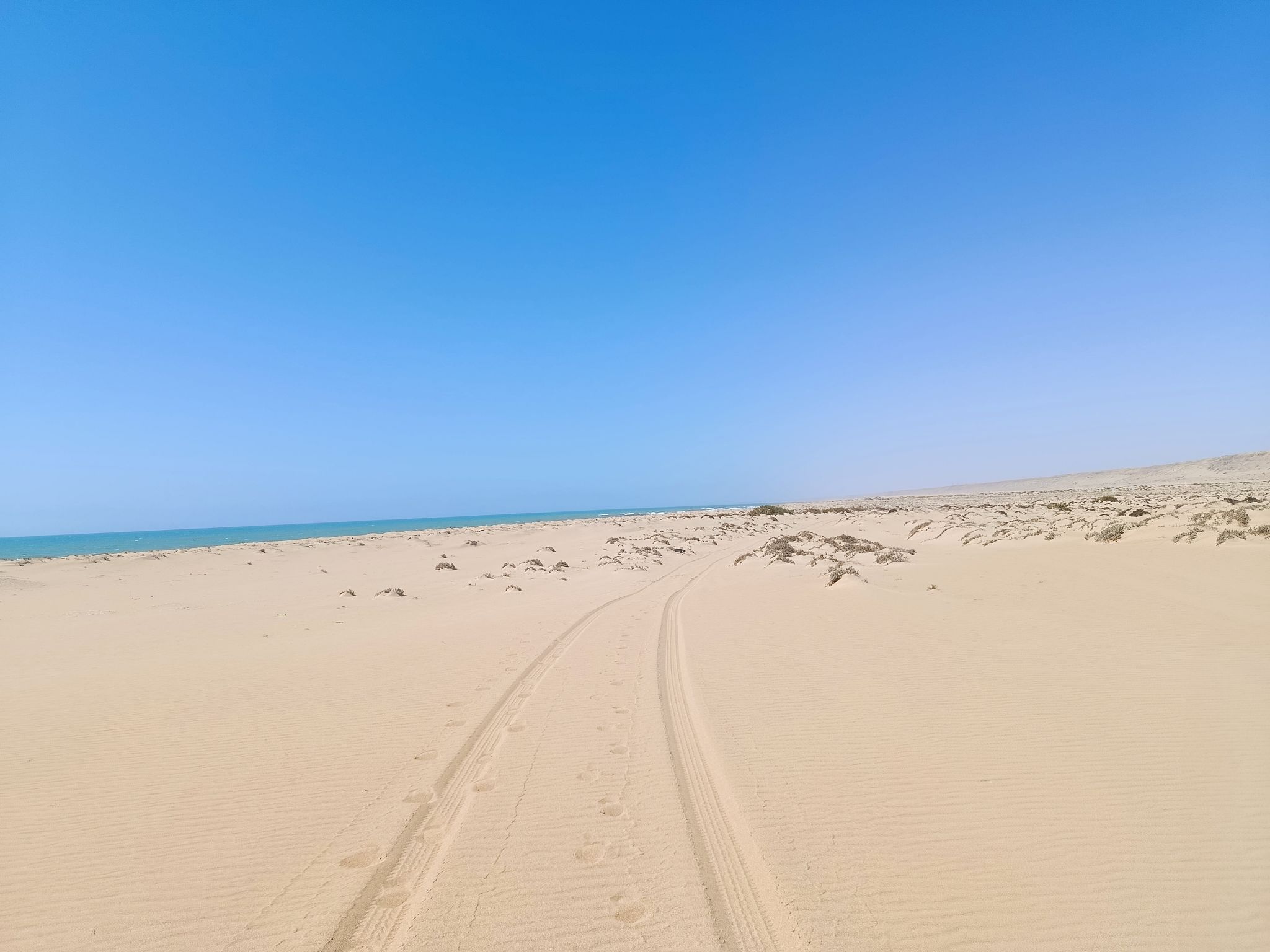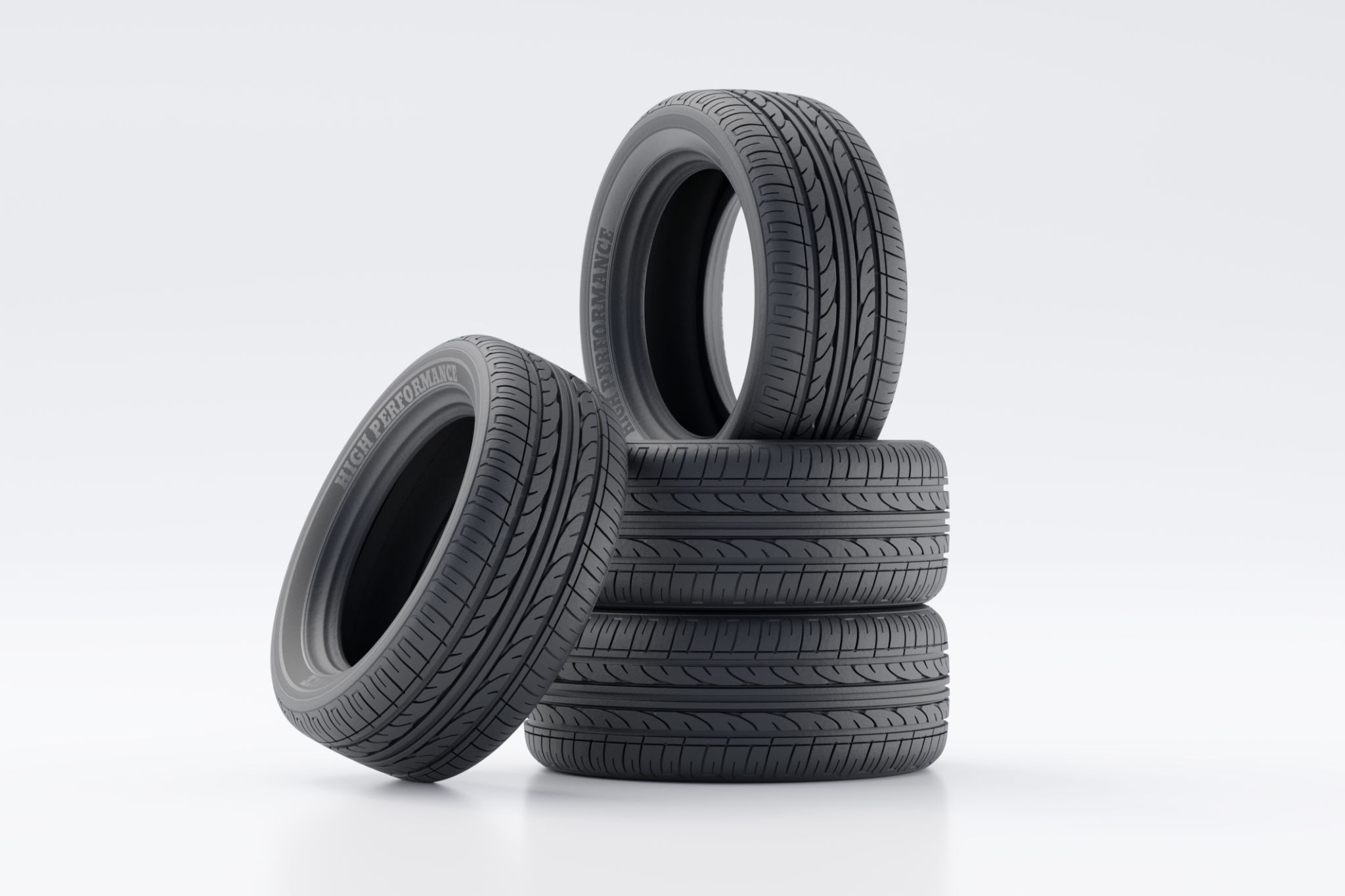Seasonal Tire Maintenance Tips for Middle Eastern Climates
Understanding the Impact of Middle Eastern Climates on Tires
The Middle Eastern climate presents unique challenges for vehicle maintenance, particularly when it comes to tires. With extremely high temperatures, occasional sandstorms, and varying humidity levels, tires undergo a lot of stress. Understanding these factors is crucial for ensuring your vehicle's safety and performance.

In hot climates, the air inside tires expands, potentially leading to increased pressure and the risk of a blowout. Conversely, when temperatures drop during the night or in winter months, tire pressure can decrease, affecting fuel efficiency and handling. It's essential to regularly check and adjust tire pressure to adapt to these fluctuations.
Regular Tire Pressure Checks
One of the most crucial aspects of tire maintenance is maintaining proper tire pressure. In the Middle Eastern climate, where temperatures can soar during the day, it’s advisable to check tire pressure at least once a month. Make sure to conduct these checks when the tires are cold to get an accurate reading.
Tread Depth and Wear Patterns
Consistently monitoring your tire tread depth is another vital aspect of tire maintenance. The tread provides traction and helps channel water away from the tires, reducing the risk of hydroplaning. In sandy or dusty conditions, like those in many parts of the Middle East, tread wear can occur more quickly. Use a tread depth gauge to ensure your tires have sufficient tread.

Keep an eye out for uneven wear patterns, which can indicate alignment or suspension issues. Rotating your tires every 10,000 to 12,000 kilometers helps promote even wear and extends the lifespan of your tires.
Protection Against Sun Damage
The intense sun in the Middle East can cause tires to degrade over time. Consider parking in shaded areas or using a tire cover when your vehicle is parked for extended periods. This simple step can prevent cracking and prolong the life of your tires.
Seasonal Considerations
Although the Middle East doesn't experience extreme seasonal changes like some regions, it’s important to adapt your tire maintenance routine accordingly. During summer months, ensure that your tires are properly inflated to prevent overheating. In winter, although mild, continue regular checks as cooler temperatures can lower tire pressure.

Dealing with Sand and Dust
Driving in sandy or dusty conditions requires additional maintenance steps. Frequently inspect your tires for embedded debris that could cause punctures. Regularly cleaning your tires not only maintains their appearance but also ensures they perform effectively.
Emergency Preparedness
No matter how diligent you are with tire maintenance, unexpected issues can arise. Always carry a spare tire in good condition and familiarize yourself with how to change it. Keep a basic tire repair kit and a portable air compressor in your vehicle for emergencies.
By following these seasonal tire maintenance tips, you can ensure safer driving and optimize the performance of your vehicle in the challenging Middle Eastern climate. Regular attention to your tires will not only enhance safety but also provide peace of mind on every journey.
